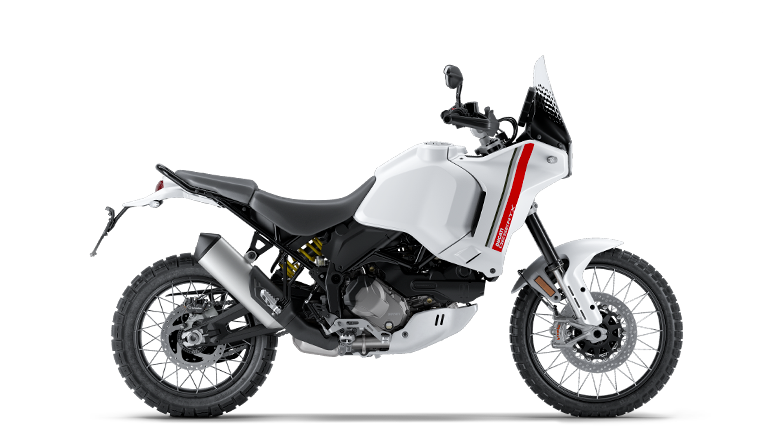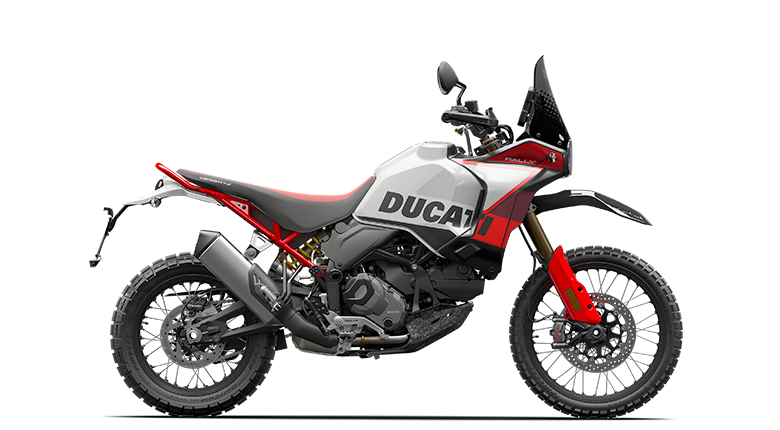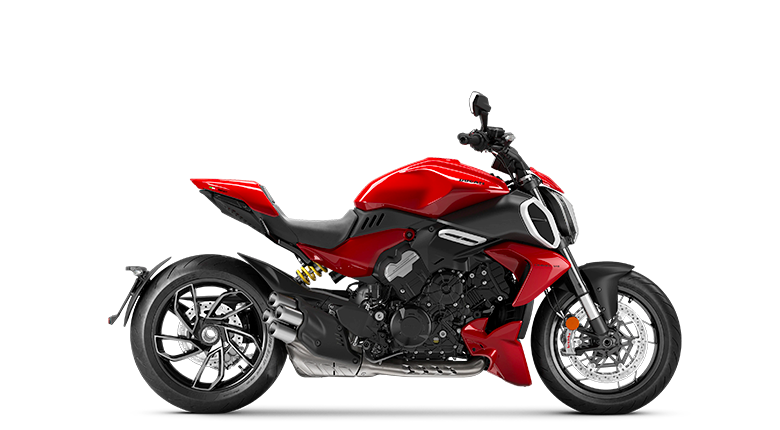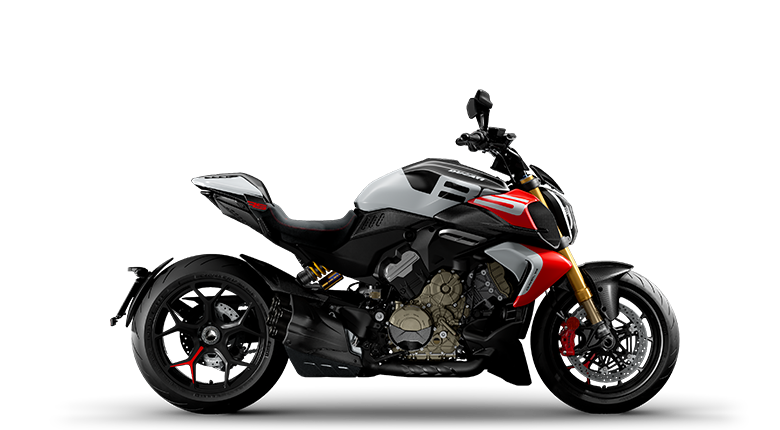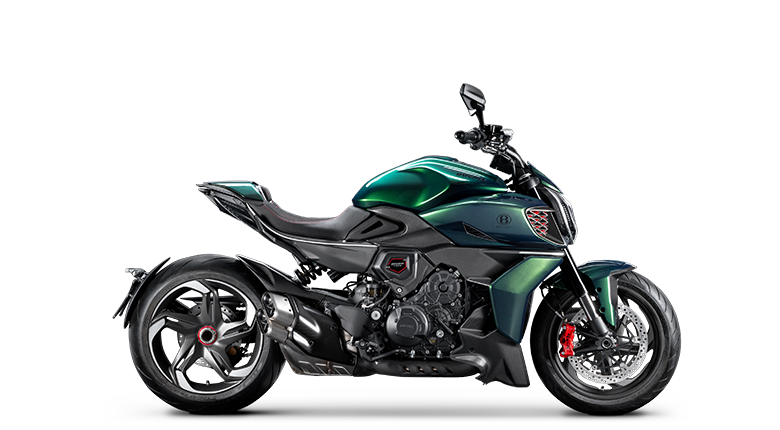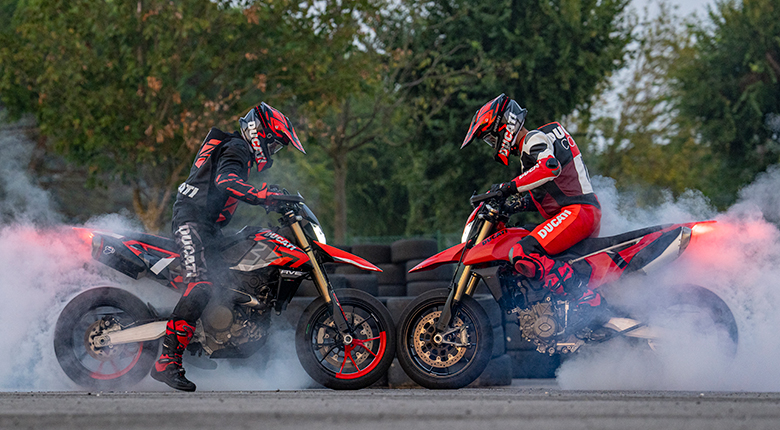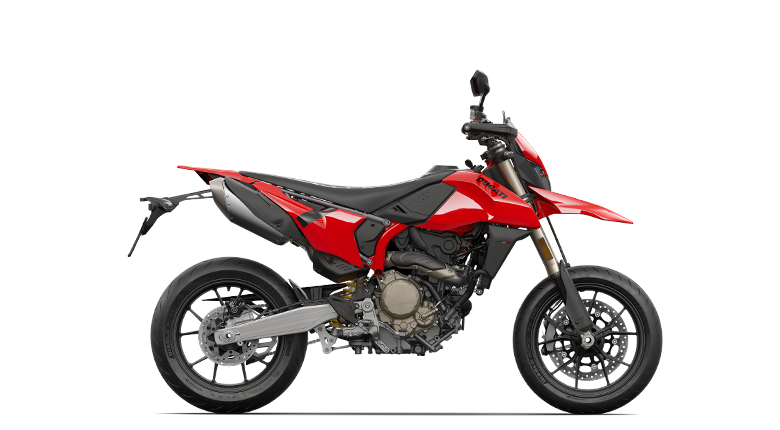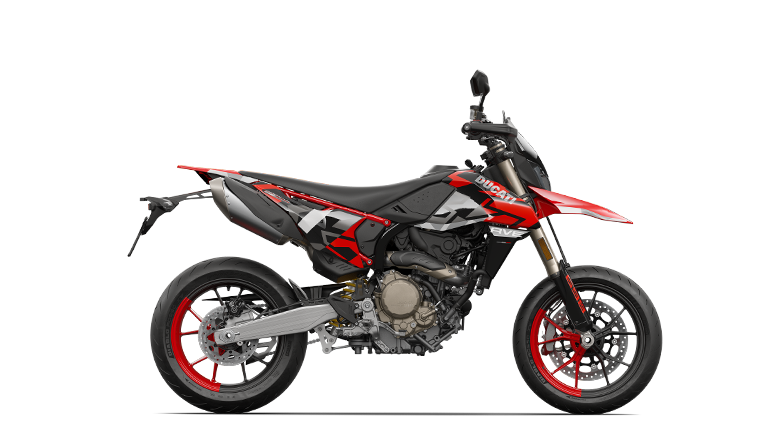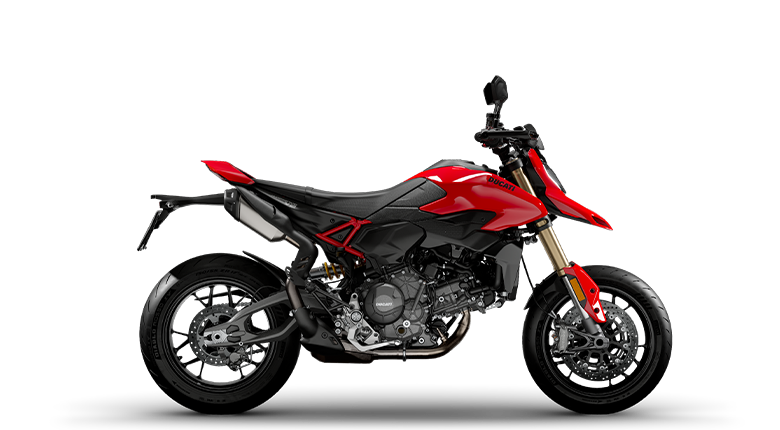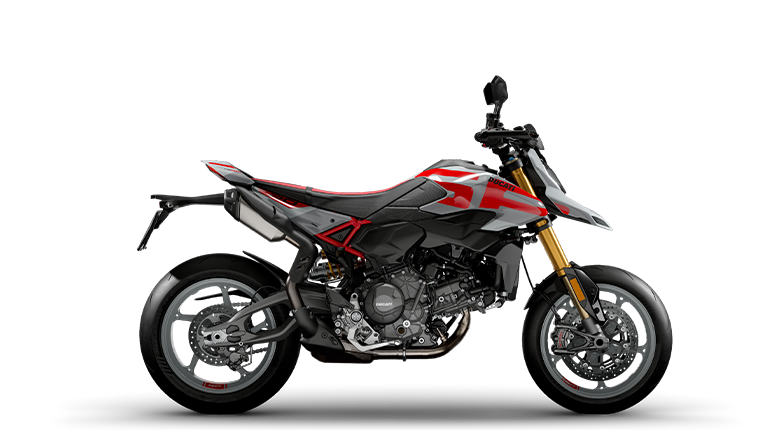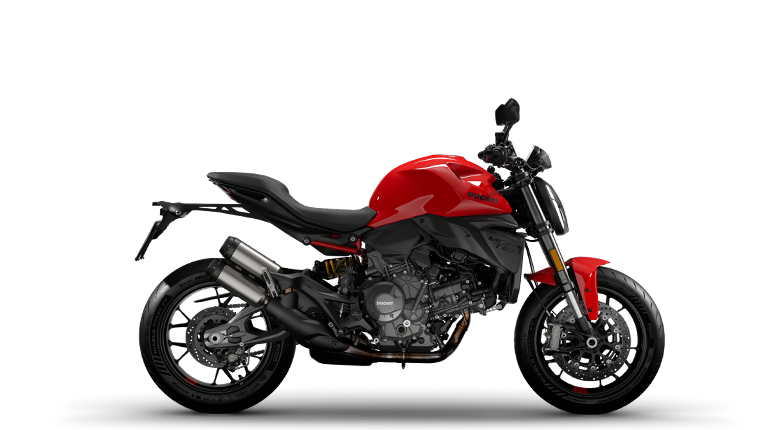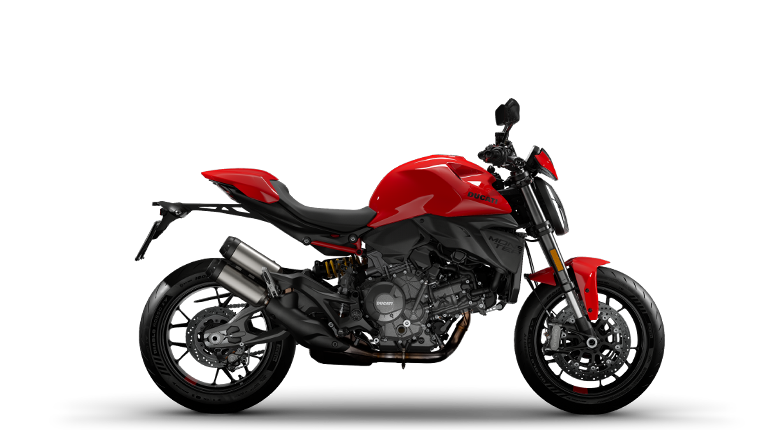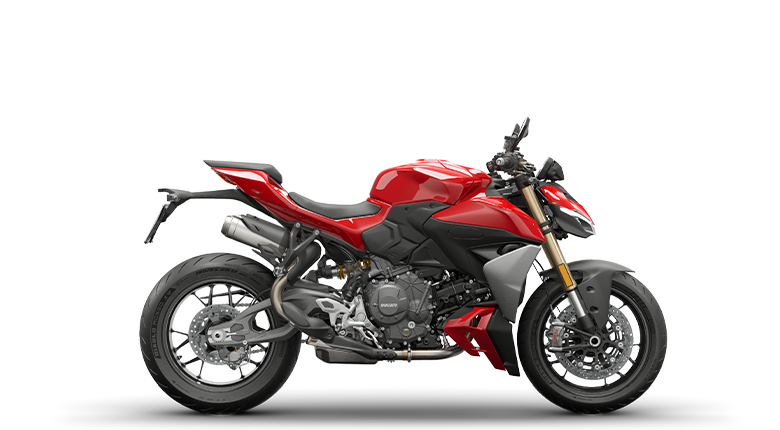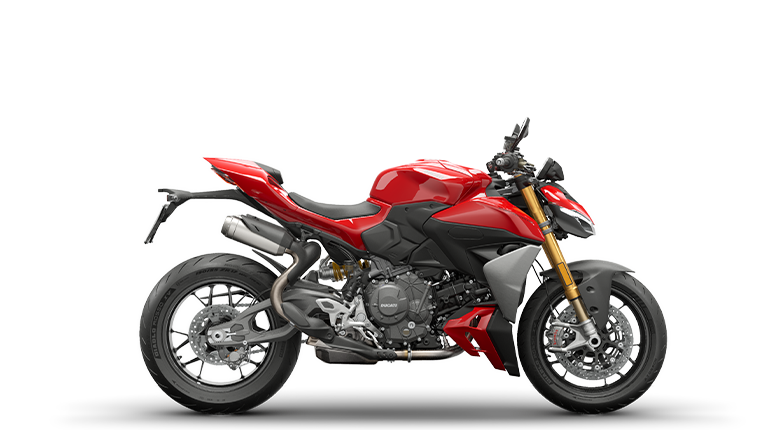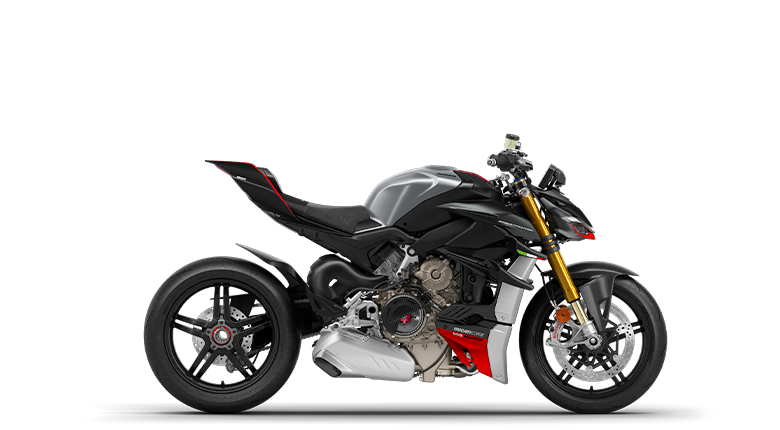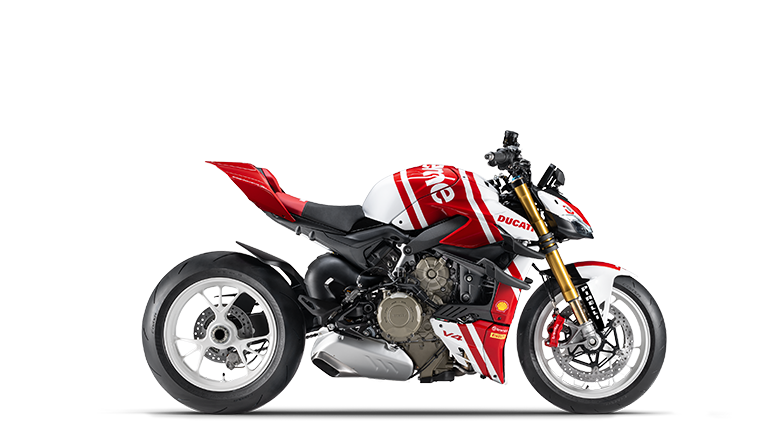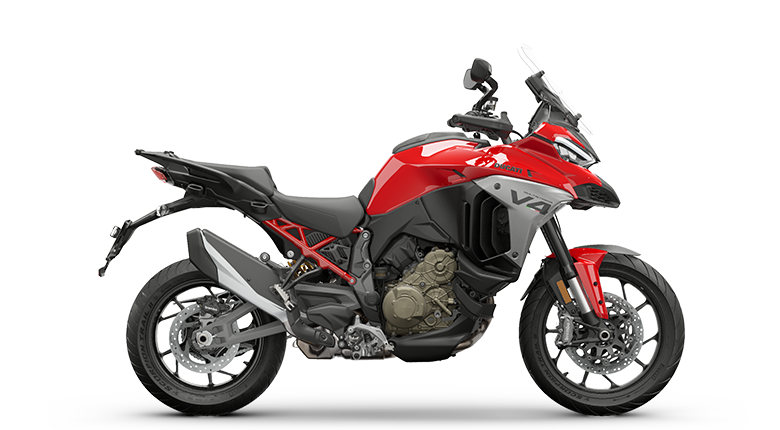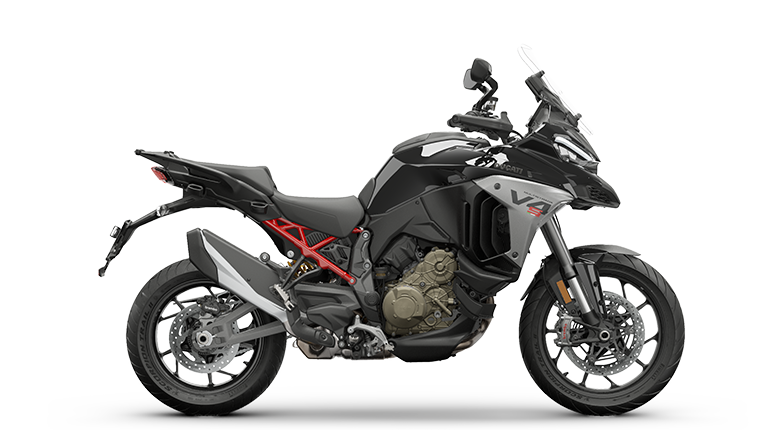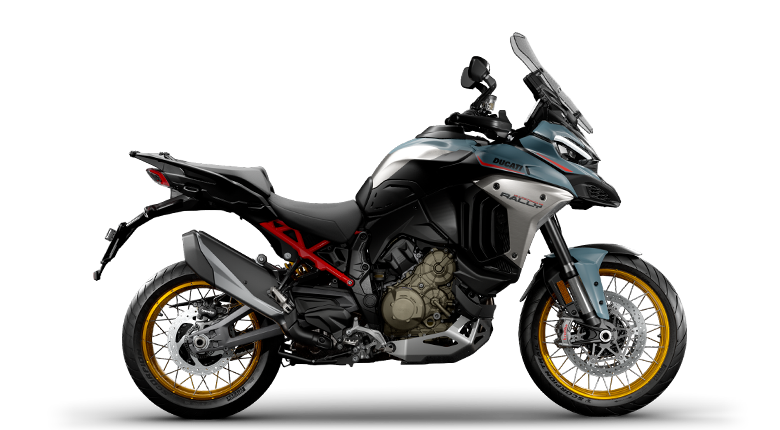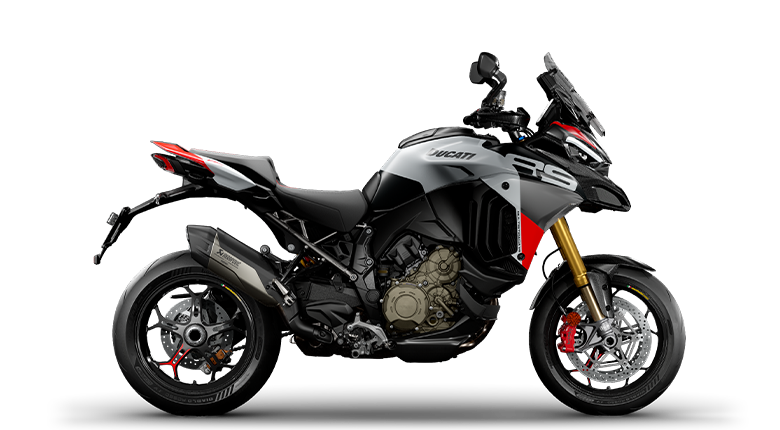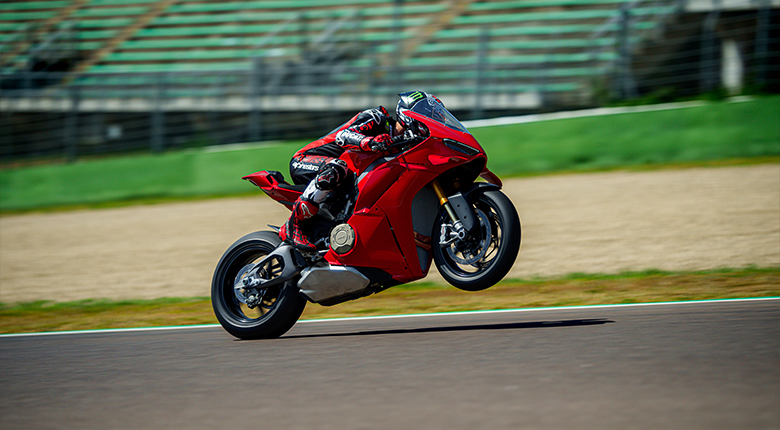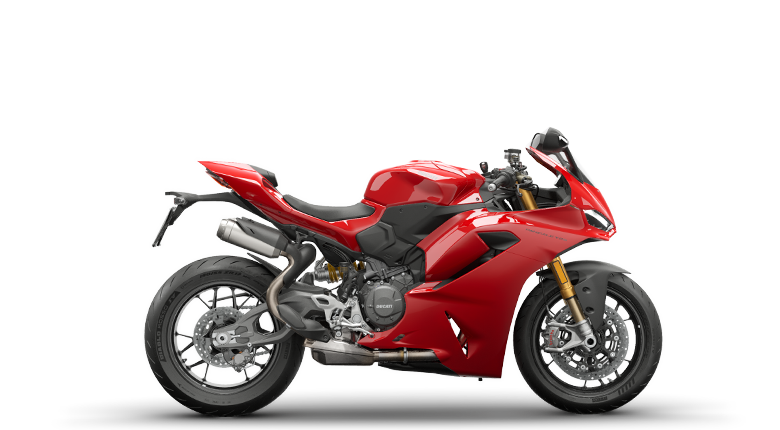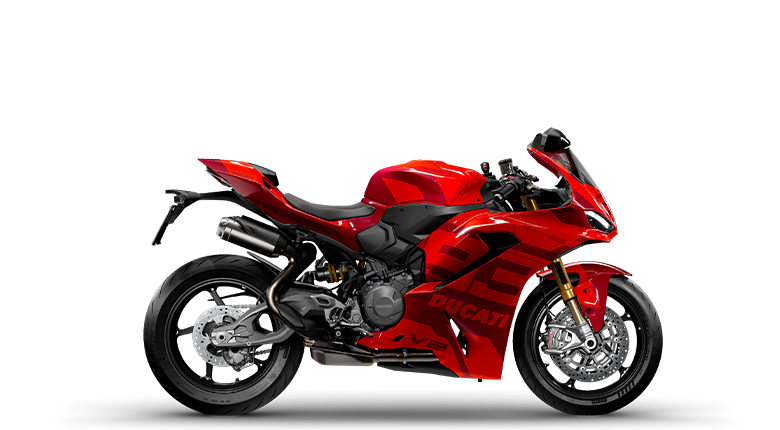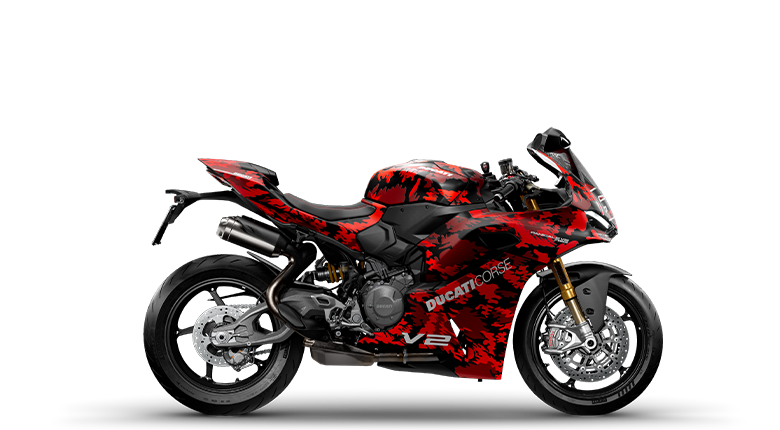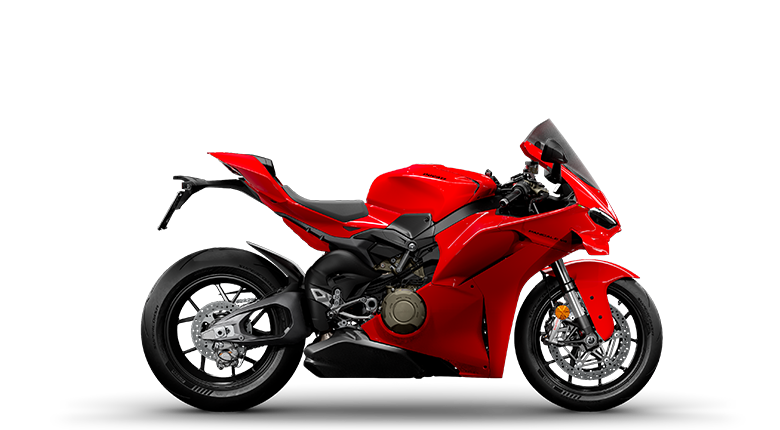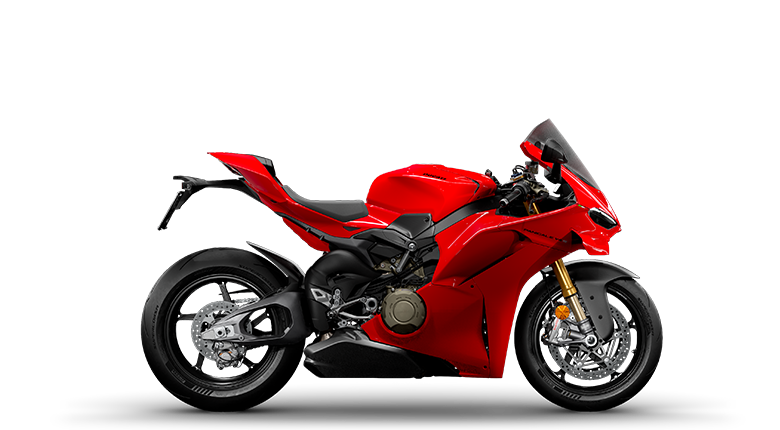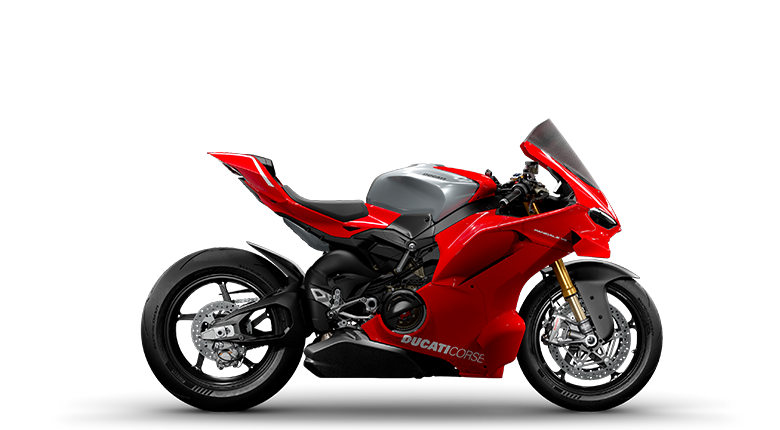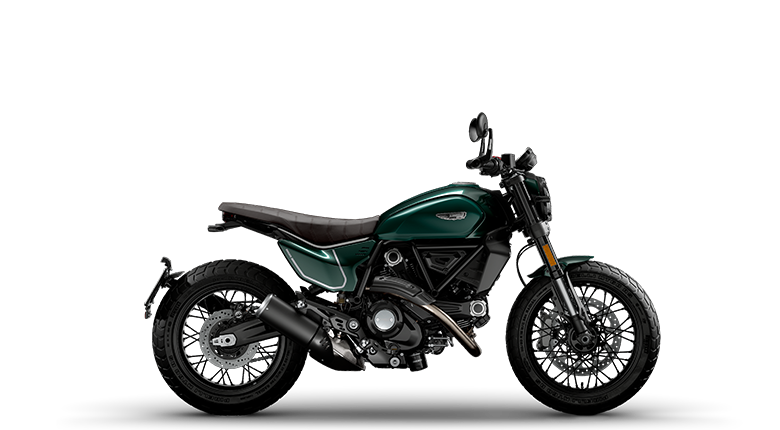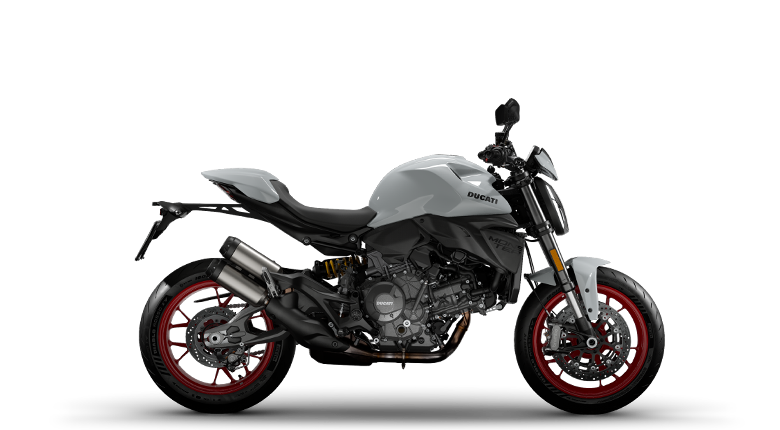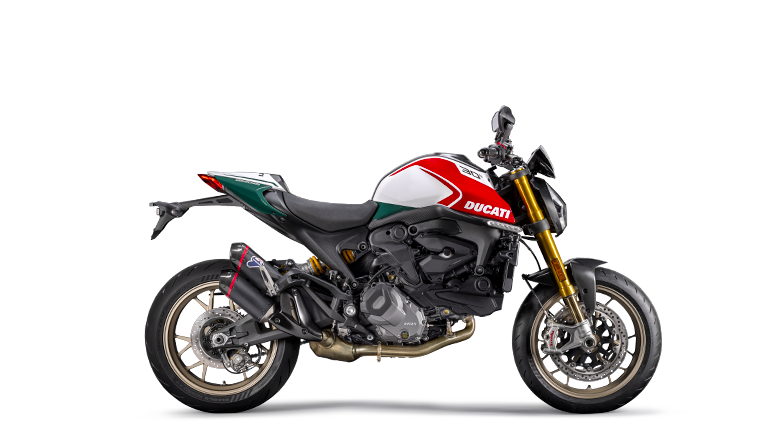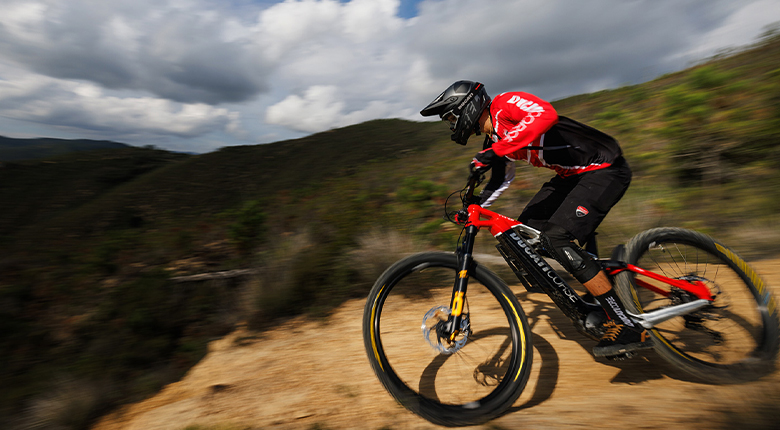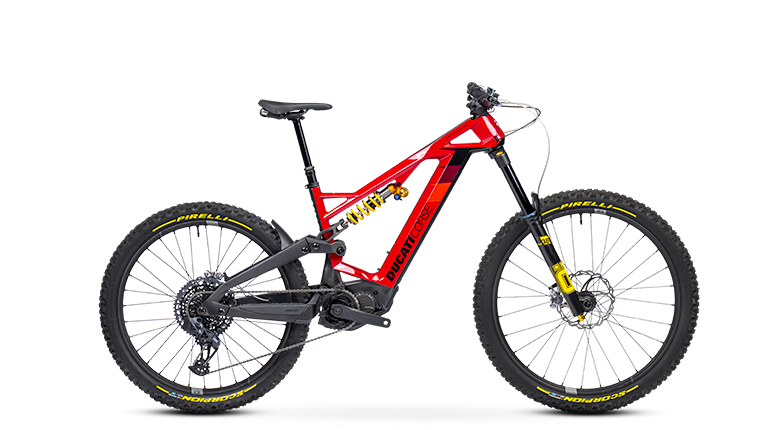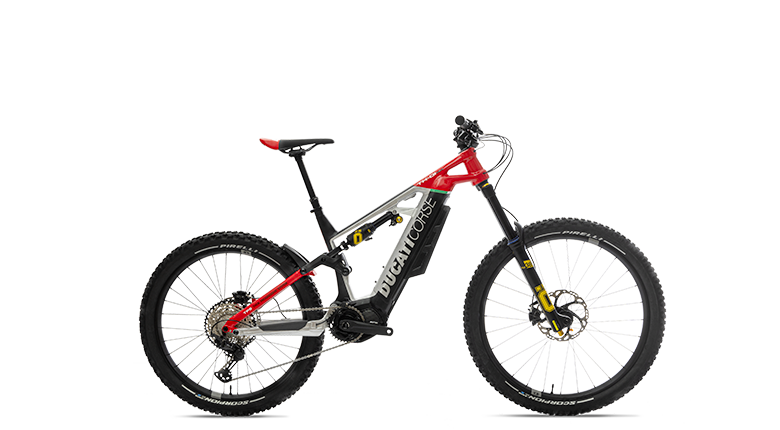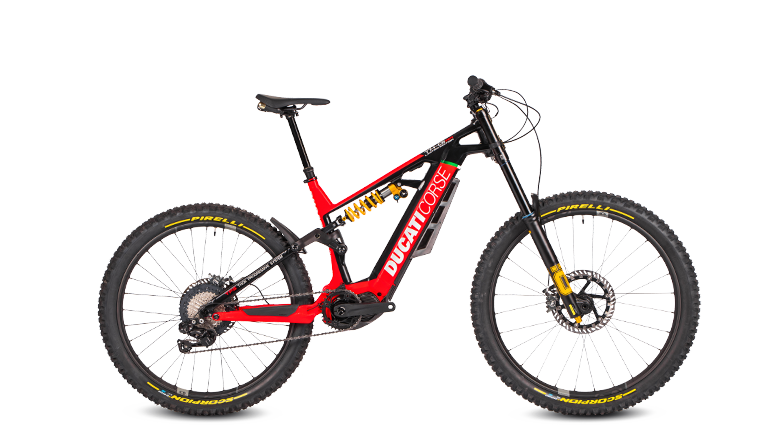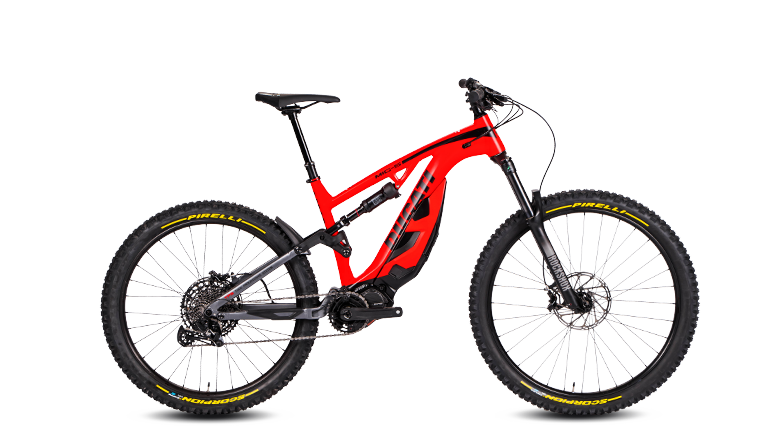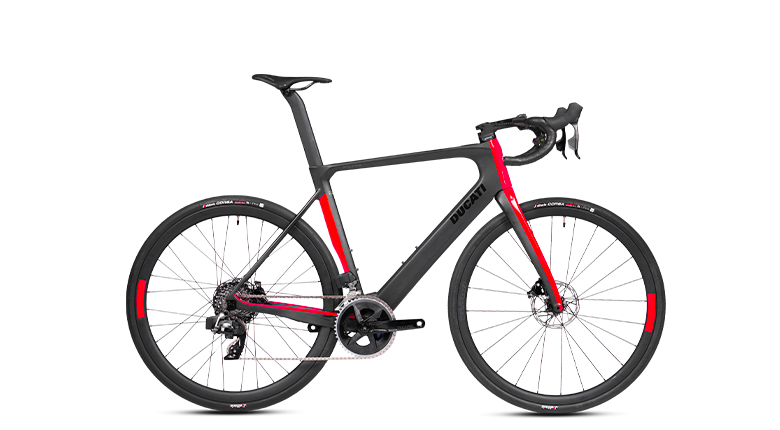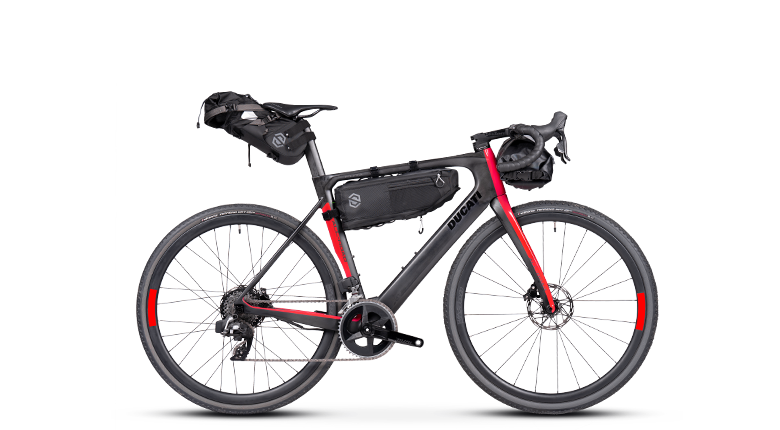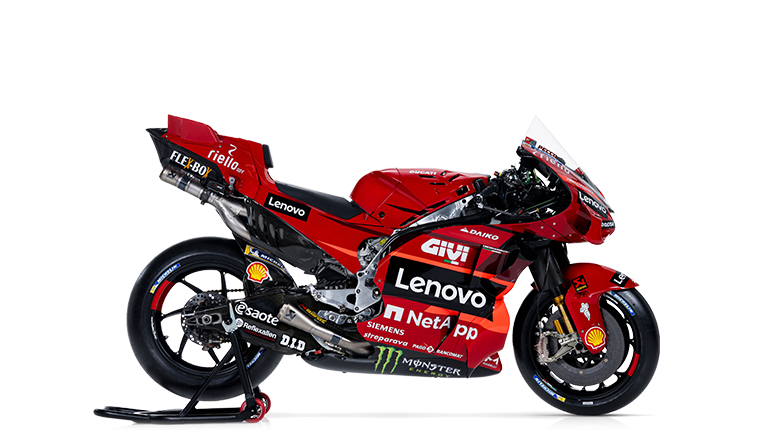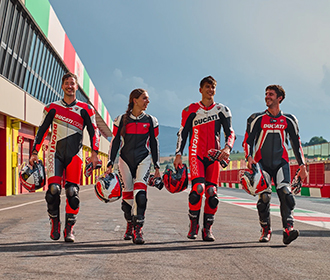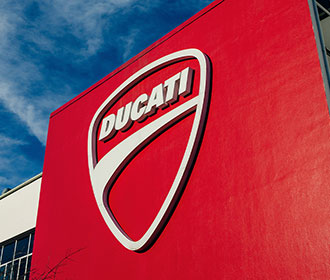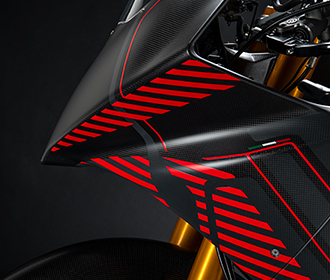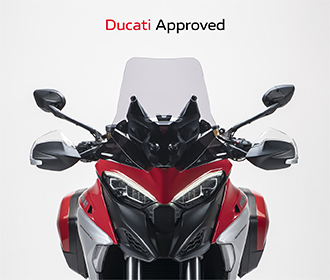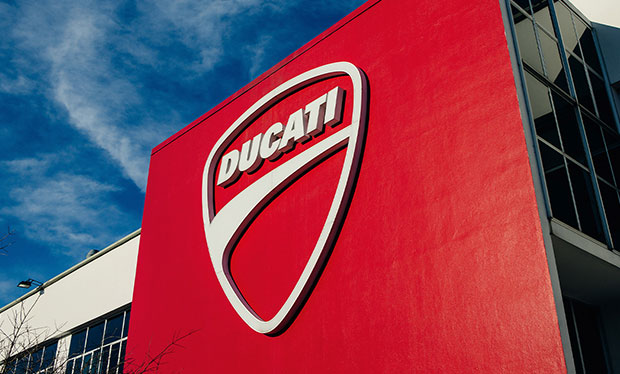- Models
- Configurator
- Shop
- News
- Racing
- DWP 2026
-
Models
-
DesertX
![]()
-
Diavel
![]()
- V4
- new V4 RS
- Diavel for Bentley
Diavel -
XDiavel
![]()
- V4
XDiavel -
Hypermotard
![]()
- OVERVIEW
- 698 Mono
- 698 Mono RVE
- new V2
- new V2 SP
Hypermotard -
Monster
![]()
- new Monster
- new Monster +
Monster -
Streetfighter
![]()
-
Multistrada
![]()
- OVERVIEW
- V2
- V2 S
- V4
- V4 S
- new V4 Rally
- V4 Pikes Peak
- new V4 RS
Multistrada -
Panigale
![]()
-
![]()
-
35 kW Bikes
![]()
-
Off-Road
![]()
-
E-BIKE
![]()
-
Ducati Speciale
![]()
- Ducati Speciale
- Limited Series
- Racing Replica
- Racing Real
- Ducati Unica
Ducati Speciale
-
- Equipment
- Shop
- DWP 2026

Bikes
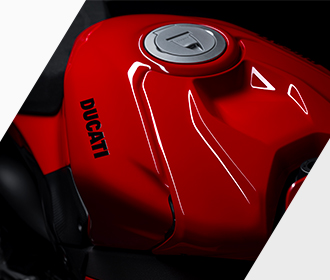
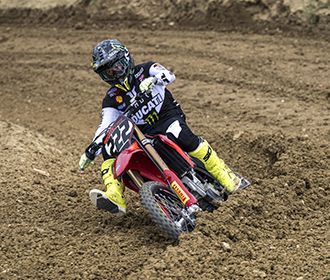
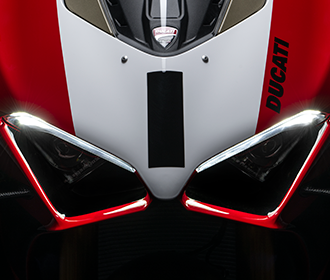
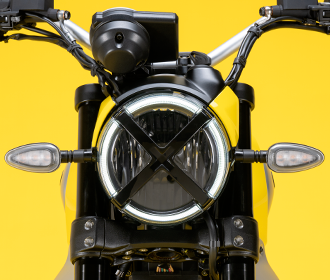
Diavel
XDiavel
Monster
Hypermotard
Panigale
Streetfighter
Off-Road
E-BIKE
Ducati Speciale

Ducati Range
A complete range designed to meet every need.

Press Reviews & Awards
A technical, independent and authorial point of view: for those who ride to tell the story and for those who seek inspiration before choosing it.

BROCHURE
Discover all the details of your favourite Ducati bikes and download the brochure!

Scrambler configurator
Configure your Scrambler now!
Equipment
Accessories
Ducati World
Ducati Riding Experience
Ducati Stories
News
Racing
MotoE
Corporate
Innovation
Design
Borgo Panigale Experience
Fondazione Ducati
The Ducati Network
Corporate Social Responsibility
Partners
- Ducati World
- Equipment
- App
- Corporate
- Service
- Ducati Club
- Dealer Locator
 International website
Change
International website
Change
Models

DesertX
New
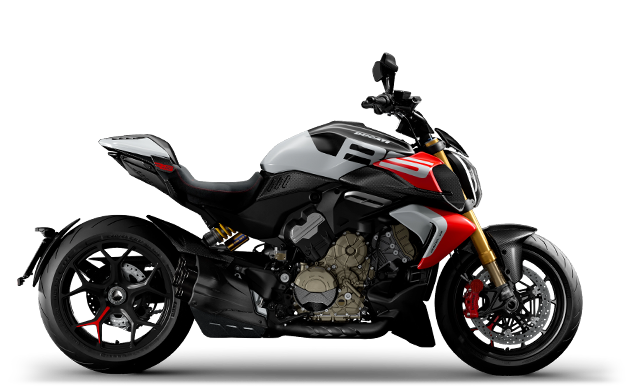
Diavel
New
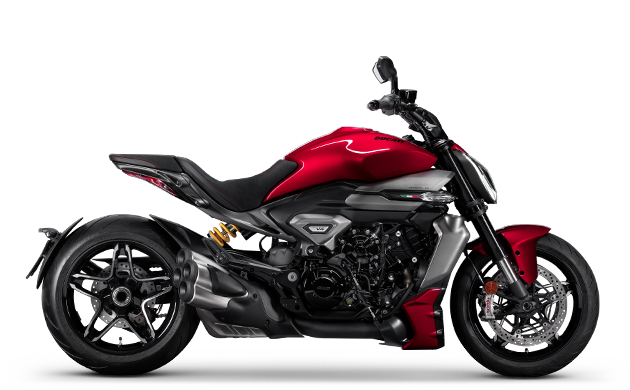
XDiavel
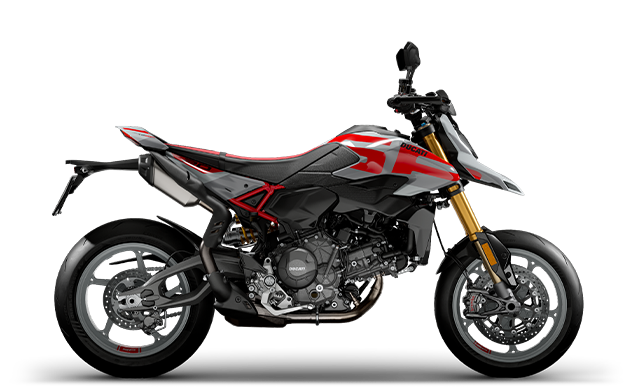
Hypermotard
New
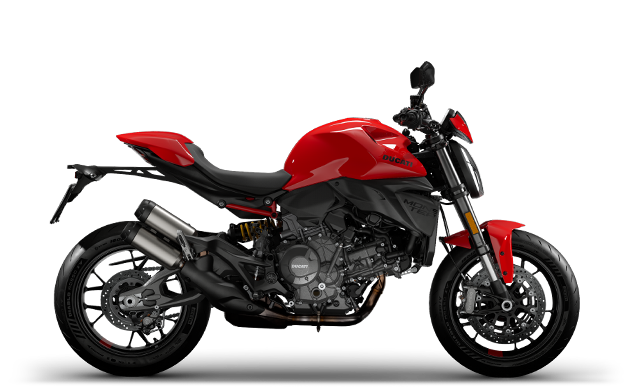
Monster
New
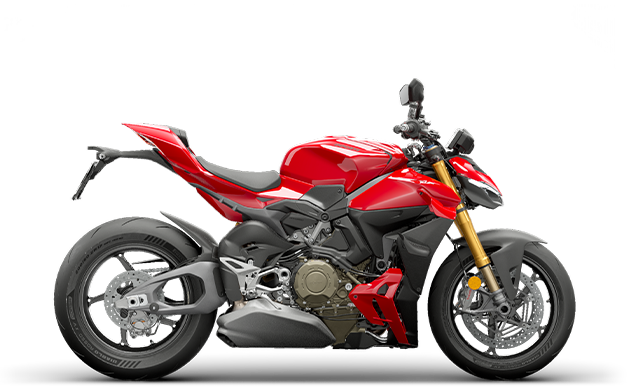
Streetfighter
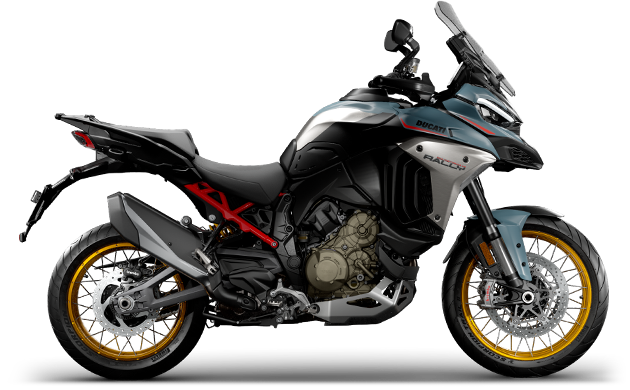
Multistrada
New
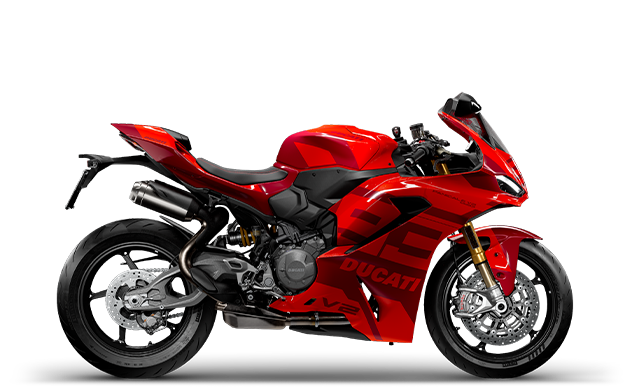
Panigale
New
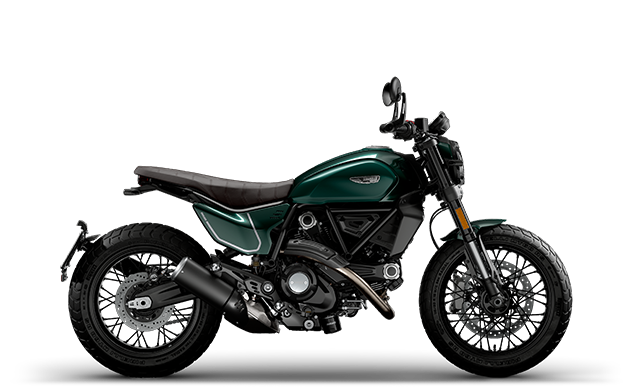
SCRAMBLER
New
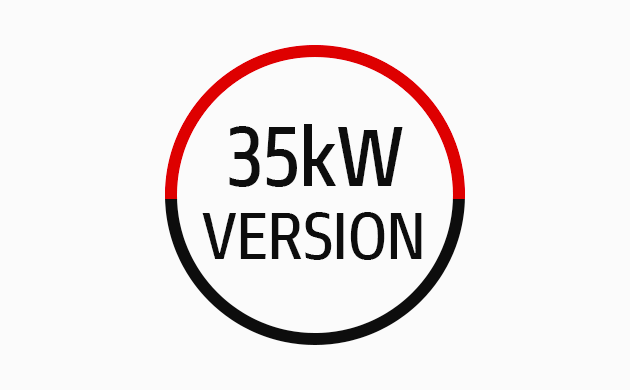
35 kW Bikes

Off-Road
New

E-BIKE
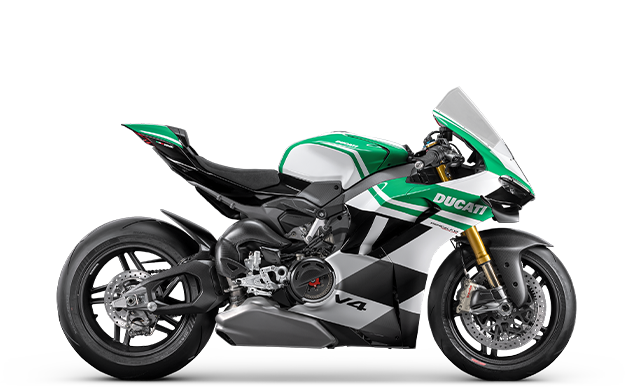
Ducati Speciale
Racing
Ducati World
- Events
- Ducati Riding Experience
- Ducati Stories
- News

Events Calendar
Discover about events and rallies organized by Ducati and the Ducati Official Clubs.
Discover more
Equipment
- Accessories
- Apparel
- Collab
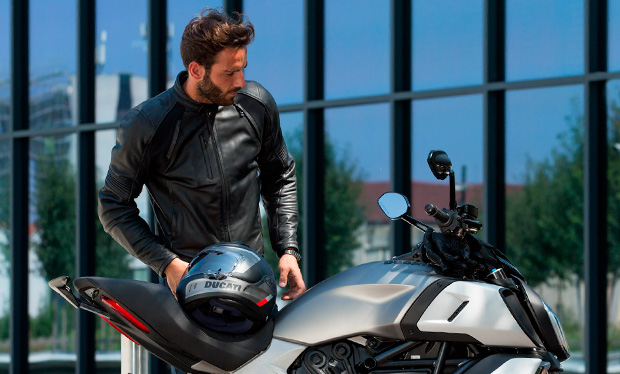
Ducati Online Shop
The online shop has a whole new look. Our style is the same as always. Buy now!
Click and discover!
Corporate
- Who We Are
- Innovation
- Design
- Borgo Panigale Experience
- Fondazione Ducati
- The Ducati Network
- Corporate Social Responsibility
- Partners
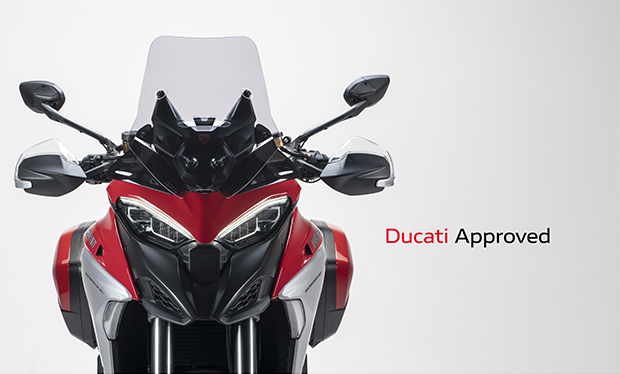
Ducati Approved
When you choose a Ducati Approved bike, you can be sure that Ducati is always by your side.
Discover more
Service
Ducati Club
V4 Granturismo tested for long distances: discover the details of the test after 100,000 and 200,000 kilometers.

Motorrad puts the Multistrada V4 S to the test: 100,000 km of pure reliability
The Ducati Multistrada V4 S has successfully completed the rigorous 100,000 km endurance test conducted by German magazine Motorrad, one of Europe's most authoritative motorcycle publications. Over approximately 1,300 days, the bike faced all kinds of weather and road conditions, crossing Europe and enduring three winters without ever compromising its functionality.
The result is an official certification of reliability that confirms the solidity of the Ducati project and the quality of the V4 Granturismo engine, which at the end of the test showed minimal signs of wear, no loss of compression, and even higher performance than at the start of the test, with almost 6 hp more detected on the test bench.
During the test, the Multistrada faced:
- Extreme conditions and long journeys with passengers, luggage, and mixed routes.
- Track sessions, where the engine and brakes held up without any problems.
- Routine maintenance and some warranty replacements (such as wheel bearings, battery, central silencer, and plastic components).
Ducati closely followed Motorrad's test, witnessing the final dismantling of the bike at the Ducati Stuttgart workshop. Ducati technicians analyzed every internal component together with the editorial staff, confirming:
- Excellent condition of cylinders, pistons, valves, and cams
- Clutch still within wear limits after 100,000 km
- Gearbox in excellent condition, with only signs of wear consistent with intensive use
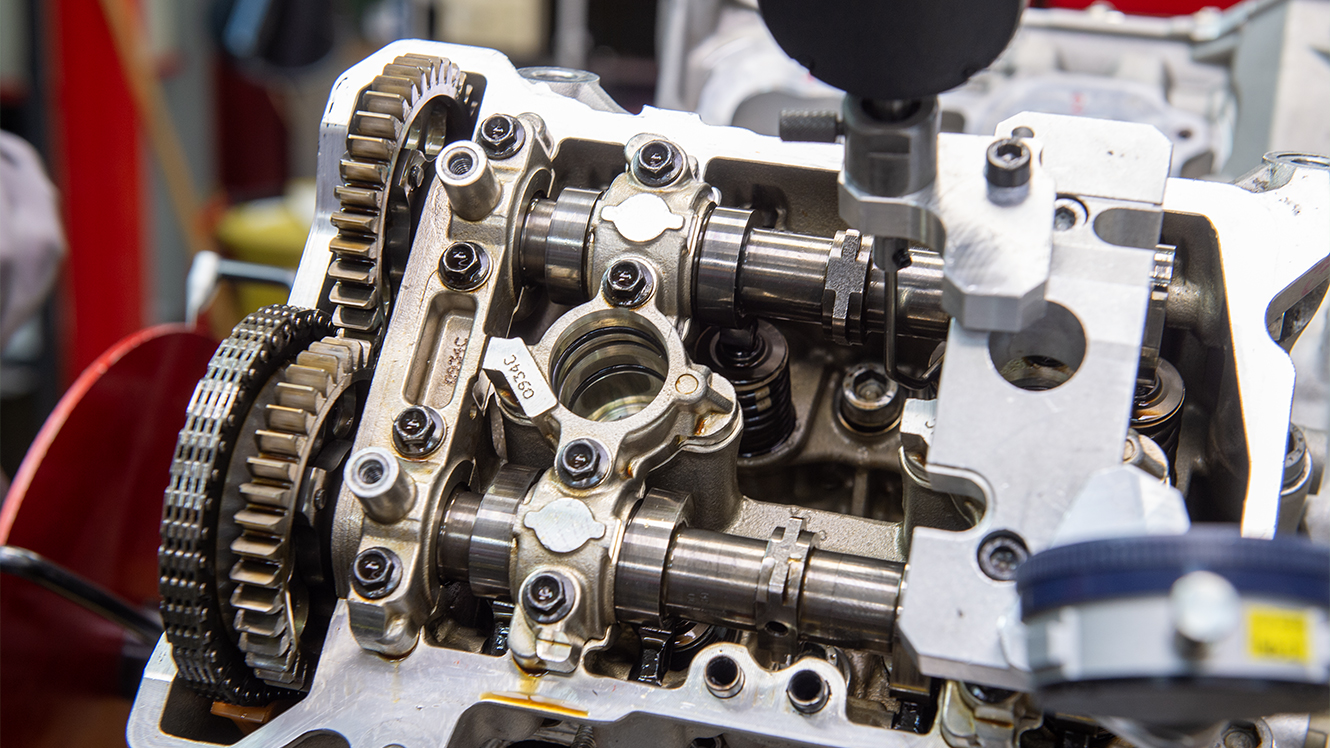
Ducati's commitment to endurance testing
Participation in the test was not a gamble: Ducati has always carried out internal endurance tests on its entire range. Several Multistrada V4s exceeded 100,000 km in these tests, and one in particular reached 200,000 km, showing the engine to be in excellent condition even after disassembly.
Some components were shared with suppliers for joint analysis, which confirmed the validity of the project and led to technical improvements, such as:
- New spacer bushings to better protect the wheel bearings from water ingress
- Plastic materials that are more resistant to UV rays
- Optimization of gearbox components to increase their durability

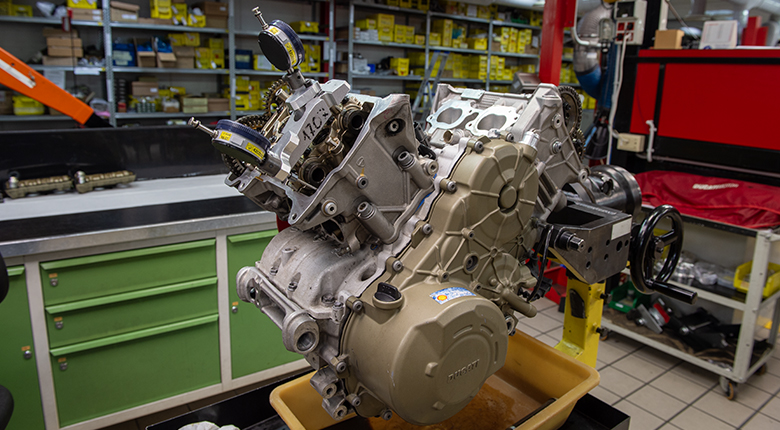
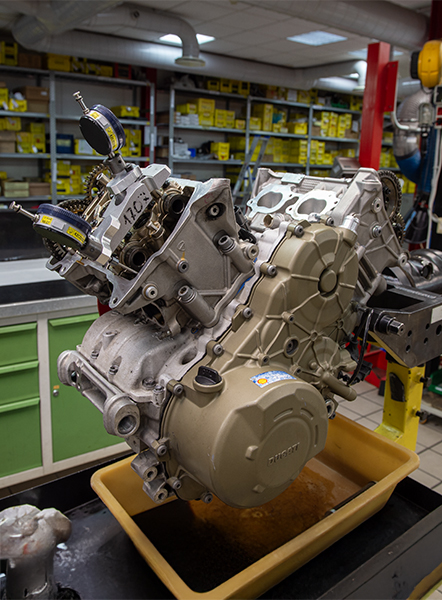
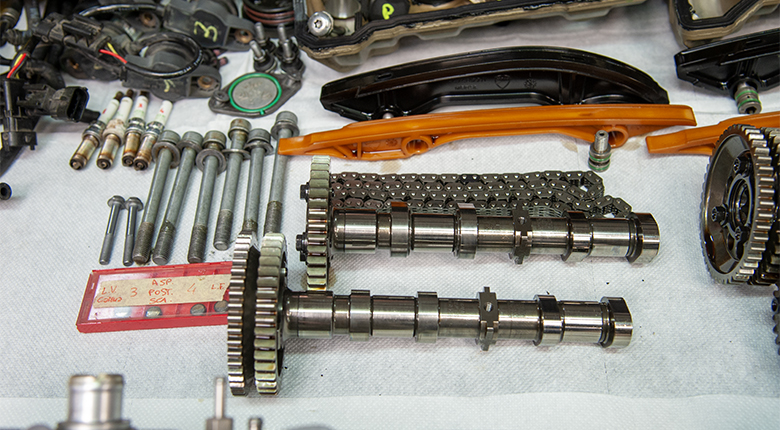
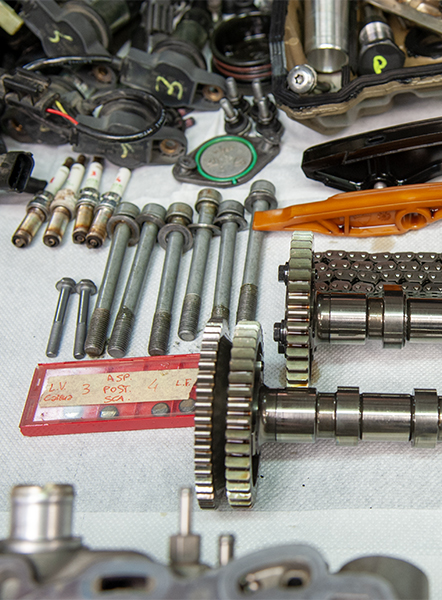
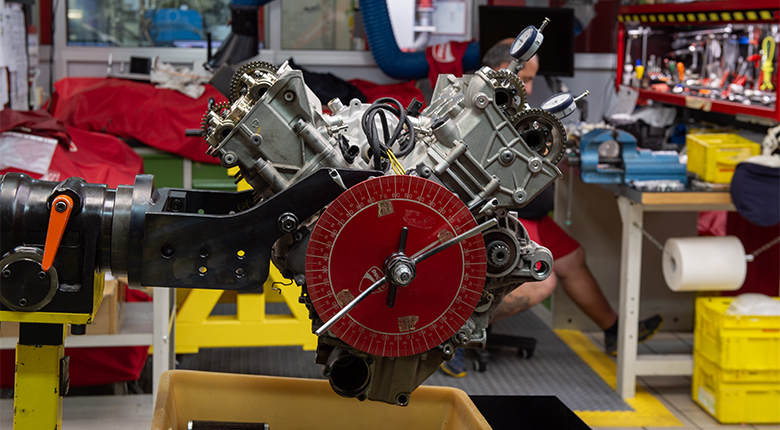
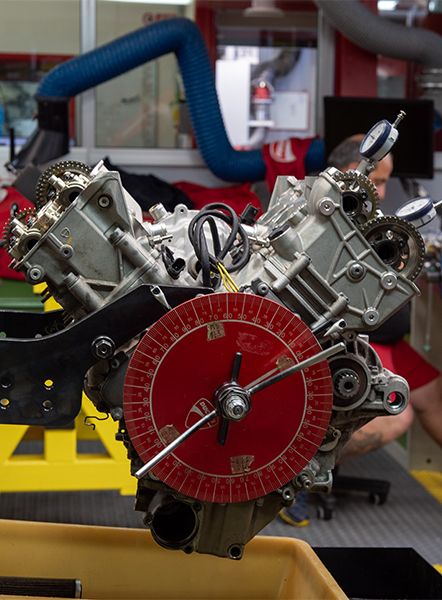
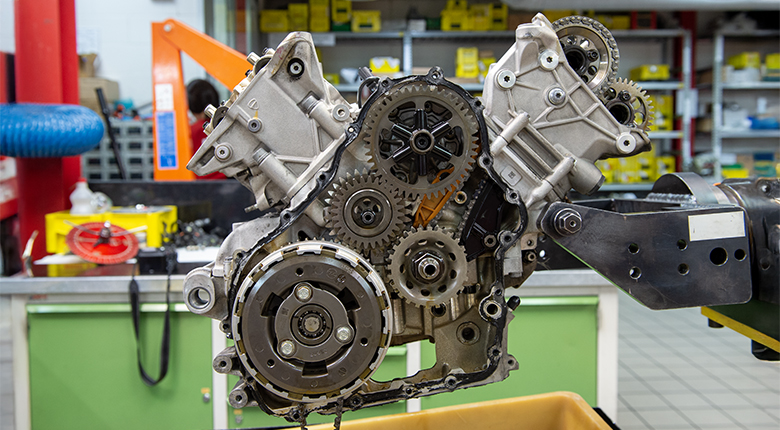
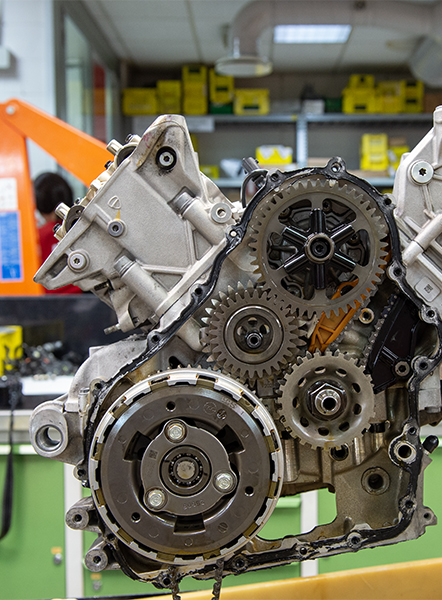
 DesertX
DesertX Diavel
Diavel XDiavel
XDiavel
 Hypermotard
Hypermotard Monster
Monster Streetfighter
Streetfighter
 Multistrada
Multistrada Panigale
Panigale
 35 kW Bikes
35 kW Bikes
 Off-Road
Off-Road E-BIKE
E-BIKE
 Ducati Speciale
Ducati Speciale


